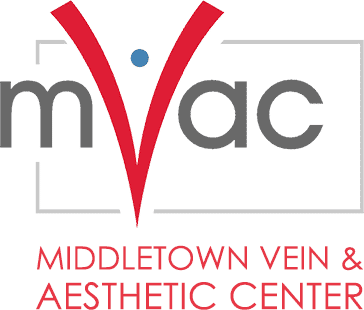What is Chronic Venous Insufficiency (CVI)?
Chronic venous insufficiency (CVI) is a condition that occurs when the valve in the leg veins do not work well which along with enlargement of the vein itself make it difficult for blood to return to the heart from the legs. As a result, the blood “pools” in the legs causing varicose veins, swelling, pain, and sometimes, ulcerations.
General facts about CVI
- An estimated 40% of people in the United States have CVI.
- Up to 75% of people with CVI will have either constant or intermittent pain.
What are the symptoms of CVI?
- Aching and/or burning pain in the legs
- Tiredness in the legs
- Swelling, particularly at the ankles
- Itching/Burning
- Dark pigmentation of the skin
- Thickening of the skin (“leathery-feeling skin”)
- Thrombophlebitis (painful superficial blood clots)
- Bleeding
- Skin ulceration
Symptoms in patients with varicose veins can be disproportionate to the amount and size of varicose veins that are visible. Patients with small varicose veins may have more complaints than those with larger varicose veins. Varicose vein pain is generally worse with prolonged standing and with warmer temperatures. It can also be worse during certain times of the menstrual cycle. Venous related pain may also be exacerbated by exercise, which is referred to as “venous claudication”.
What are the risk factors for CVI?
- Age: Varicose veins are more common in older individuals.
- Gender: Varicose veins are more common in women than men.
- Heredity: A “positive” family history of varicose veins is associated with an increased risk of developing varicose veins.
- DVT: A history of blood clots in the legs
- Pregnancy: Varicose veins first develop in up to 28% of pregnancies. Although the exact mechanism is not fully known, it is likely a combination of hormonal effects and the obstruction of venous outflow from the legs by the enlarged uterus.
- Body Habitus: Obesity appears to be a minor risk factor for the development of varicose veins.
- Lifestyle: Prolonged standing is an independent risk factor for development of varicose veins.
